A boning knife is a type of kitchen knife that...
Read More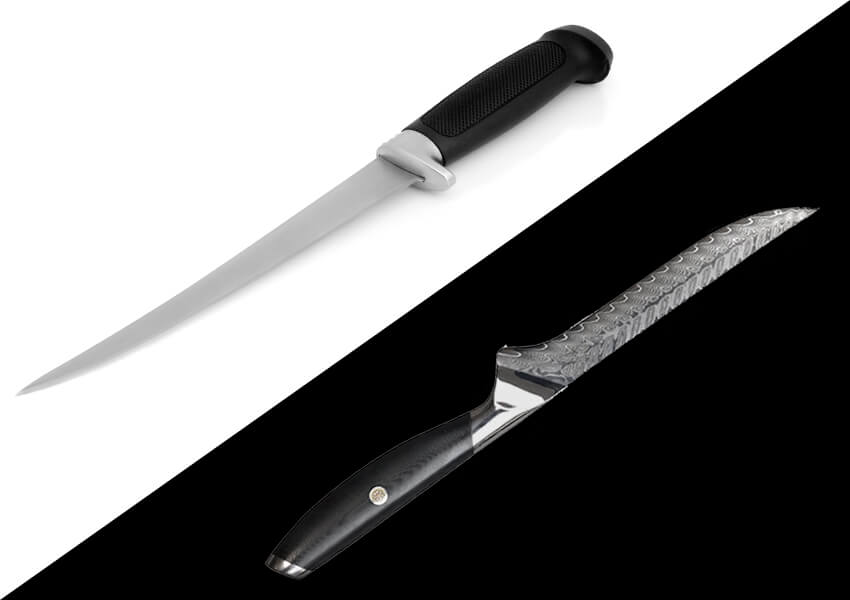
Boning knives and fillet knives are two types of knives commonly used in the kitchen and for various culinary purposes. Both types of knives have unique features and are designed to accomplish specific tasks.
While they are often used interchangeably, there are differences between the two knives that make them better suited for certain jobs. In this discussion, we will explore the differences between boning knives and fillet knives and their respective uses.
Similarities Between A Fillet Knife And A Boning Knife
There are a few similarities between a fillet knife and a boning knife:
- Blade flexibility: Both fillet and boning knives have flexible blades that allow for easy maneuvering around bones and joints.
- Sharpness: Both knives are designed to be extremely sharp to make precise cuts.
- Blade length: Both knives typically have a blade length of 5 to 8 inches, making them ideal for working with smaller cuts of meat or fish.
- Narrow blade: Both knives have narrow blades that allow for more precise cuts, especially when working around bones.
Despite these similarities, fillet knives are generally thinner and more flexible than boning knives, and are designed specifically for filleting fish. Boning knives, on the other hand, are used for a wider range of tasks, such as removing meat from poultry, beef, or pork.
How to Tell The Difference Between a Boning Knife vs. a Fillet Knife
Boning knives and fillet knives may look similar at first glance, but there are some key differences to look for to tell them apart:
- Blade Shape: The shape of the blade is one of the most obvious differences between the two knives. Boning knives typically have a curved, narrow blade that tapers to a point at the tip. The curve of the blade allows for precise cuts and better control when removing bones from meat or poultry. In contrast, fillet knives have a longer, more flexible blade that tapers to a point at the tip. The wider base of the blade is designed to remove the skin and the narrow tip is perfect for getting in between the bones.
- Blade Flexibility: Another difference between boning and fillet knives is blade flexibility. Boning knives have a stiffer blade, which allows for more control and precision when cutting through meat and bone. Fillet knives, on the other hand, have a more flexible blade that can bend and move with the contours of the fish or meat.
- Blade Length: Boning knives and fillet knives also differ in blade length. Boning knives typically have shorter blades, usually between 5 to 7 inches, while fillet knives are longer, usually between 7 to 11 inches. The longer blade of the fillet knife allows for longer, more precise cuts when filleting fish.
- Intended Use: While both knives are used for deboning meat, they are intended for different types of meat. Boning knives are designed for cutting through tougher cuts of meat and poultry, while fillet knives are specifically designed for filleting fish and other delicate meats.
By examining these key differences, you can easily tell the difference between a boning knife and a fillet knife.
Is a fillet knife the same as a boning knife?
No, a fillet knife is not the same as a boning knife. While both knives are used for deboning and removing bones from meat or fish, they have distinct differences in their design and intended use.
A boning knife typically has a curved, narrow blade that tapers to a point at the tip. This design allows for precision and control when removing bones from meat, poultry, or fish. Boning knives are usually stiffer than fillet knives and can handle tougher cuts of meat.
A fillet knife, on the other hand, has a longer, thinner and more flexible blade. The blade is typically wider at the base and tapers to a narrow, pointed tip. The flexibility of the blade allows it to contour to the shape of the fish or meat, making it easier to remove the skin and bones. Fillet knives are used primarily for filleting fish, but can also be used for other delicate tasks such as trimming silver skin or removing the membrane from meat.
While both knives are used for deboning, fillet knives are better suited for fish and other delicate meats, while boning knives are better suited for tougher cuts of meat or poultry.
What is a Boning Knife Used For?
A boning knife is a versatile kitchen tool that is designed to remove bones from meat, fish, and poultry. Its primary purpose is to separate meat from the bone, which requires precision and flexibility. A boning knife is typically thin and has a pointed blade that allows you to get into tight spaces and make precise cuts. It can also be used for trimming fat, skin, and other connective tissues from meat. Boning knives come in different sizes, with smaller blades being used for smaller cuts of meat, and larger blades for larger cuts.
What is a Fillet Knife Used For?
A fillet knife is a kitchen tool that is specifically designed for filleting fish. It is a flexible, thin-bladed knife that allows you to make precise cuts along the bones and skin of fish. The blade is typically long and narrow, with a pointed tip and a sharp edge that can easily slice through the delicate flesh of fish. Fillet knives are also commonly used to skin fish, as the flexibility of the blade allows you to get under the skin and remove it without damaging the flesh.
Fillet knives come in different sizes, with smaller blades being used for smaller fish, and larger blades for larger fish. They can also be used for other delicate cutting tasks, such as trimming meat and poultry.
What is equivalent to a boning knife?
There are a few knives that could be considered equivalents to a boning knife, depending on the specific task you are trying to accomplish.
- Flexible fillet knife: A flexible fillet knife is similar to a boning knife in that it is designed to remove meat from bones, but it is typically thinner and more flexible, which makes it better suited for filleting fish.
- Chef’s knife: While a chef’s knife is not specifically designed for boning, it can be used to remove meat from bones with some degree of effectiveness. However, it is less precise than a boning knife and may not be the best choice for more delicate or intricate tasks.
- Cleaver: A cleaver is another knife that could be considered an equivalent to a boning knife, as it can be used to break down meat and remove bones. However, it is much heavier and less precise than a boning knife, so it may not be the best choice for more delicate tasks.
What Is the Best Knife for Filleting Fish?
The best knife for filleting fish is a fillet knife. Fillet knives are specifically designed for the task of filleting fish and have a long, narrow, flexible blade that is perfect for making precise cuts along the bones and skin of fish. When choosing a fillet knife, there are a few factors to consider:
- Blade size: The size of the blade should be appropriate for the size of the fish you will be filleting. For small fish, a blade length of 6-7 inches is sufficient, while larger fish require a longer blade of 8-9 inches or more.
- Blade flexibility: The blade should be flexible enough to contour to the shape of the fish and follow the curves of the bones. A more flexible blade makes it easier to make precise cuts.
- Sharpness: A sharp blade is essential for filleting fish, as it allows you to make clean, precise cuts and reduces the risk of damaging the flesh.
- Handle grip: The handle of the knife should provide a comfortable and secure grip, even when wet.
Some popular brands of fillet knives include Wusthof, Rapala, Dexter Russell, and Morakniv. Ultimately, the best fillet knife for you will depend on your personal preferences and the types of fish you will be filleting.
How long are fillet knives and boning knives supposed to be?
The length of fillet knives and boning knives can vary, depending on the type of fish or meat being prepared and personal preference.
Fillet knives typically range from 6 to 11 inches in length, with the most common sizes being 7.5 and 9 inches. The longer blades are ideal for larger fish, while shorter blades are better suited for smaller fish.
Boning knives come in a variety of sizes, but the most common lengths are 5 to 7 inches. The size of the knife depends on the size of the animal being processed. Larger animals require longer blades, while smaller animals require shorter blades.
Ultimately, the best size for a fillet knife or boning knife is one that feels comfortable in your hand and allows you to work efficiently.
Why is a boning knife less flexible than a filet knife?
A boning knife is typically less flexible than a fillet knife because its primary purpose is to separate meat from the bone. The blade of a boning knife is usually thicker and wider, which provides better control and stability when cutting through meat and cartilage. The rigidity of the blade also helps to ensure that the knife can handle the pressure of separating meat from bone without bending or breaking.
In contrast, a fillet knife is designed to have a thinner and more flexible blade that can contour to the shape of the fish and remove the flesh from the skin with precision.
What shape is best for boning knife?
When choosing the best offset serrated knife, there are several factors to consider to ensure that you find a knife that meets your needs and preferences. Here are some of the most important factors to consider:
- Blade Length: Consider the length of the blade you need for your intended use. The blade length can range from 7 to 12 inches, and the longer the blade, the larger the bread or baked good you can slice.
- Blade Material: Look for a blade made from high-quality stainless steel, which is durable and easy to maintain. High-carbon steel blades are also a good choice because they can hold an edge for a long time.
- Handle Design: The handle should be comfortable to grip and non-slip to prevent accidents. Look for a handle made from durable and easy-to-clean materials like rubber or plastic.
- Offset Angle: The offset angle is the degree of bend between the blade and the handle. The greater the offset angle, the more clearance there is between the handle and the cutting surface. This can make the knife easier to use and reduce hand fatigue.
- Serrations: Look for a serrated knife with sharp, evenly spaced serrations. The number of serrations can vary, but a knife with more serrations may be able to cut through softer bread and baked goods more easily.
- Brand and Price: Look for a reputable brand that offers high-quality offset serrated knives. Prices can vary depending on the quality of the materials and construction, so consider your budget when making your decision.
By considering these factors, you can find the best offset serrated knife that fits your needs and preferences, and makes your baking and bread cutting tasks easier and more efficient.
What knife is used for filleting fish?
A fillet knife is typically used for filleting fish. It has a long, thin, and flexible blade that allows for precise and clean cuts along the bones and skin of the fish. The blade is usually between 6 and 11 inches long and has a pointed tip for easier maneuvering.
What are the 2 most common knives used in fish?
The two most common knives used in fish are the fillet knife and the boning knife. The fillet knife is used to remove the skin and bones from a fish fillet, while the boning knife is used to remove the bones from the meat of the fish.
What knife is best to fillet a fish?
The best knife to fillet a fish is a fillet knife. It is specifically designed for the job and has a thin, flexible blade that allows for precise cuts and easy maneuverability around the bones and contours of the fish. A fillet knife can also come in different lengths, with the most common being 6 to 9 inches, depending on the size of the fish being filleted.
Do you need a fillet knife for fish?
While it is not absolutely necessary to use a fillet knife for fish, having a fillet knife can make the process of filleting fish easier and more efficient. A fillet knife is specifically designed for filleting fish, with a long, flexible blade that can move along the bones of the fish and remove the fillet cleanly. While other types of knives, such as a chef’s knife or a boning knife, can also be used to fillet fish, they may not be as effective or efficient as a fillet knife. Ultimately, the decision of whether or not to use a fillet knife for fish depends on personal preference and experience.
How do I sharpen a fillet knife and a boning knife?
Sharpening a fillet knife and a boning knife require different techniques due to their different blade shapes and angles.
To sharpen a fillet knife:
- Choose the correct sharpening tool: A whetstone or sharpening steel is best for sharpening a fillet knife.
- Angle the blade correctly: Hold the fillet knife at a 20-degree angle to the sharpening stone.
- Sharpen the blade: Use a circular motion to sharpen the blade, starting at the heel and moving towards the tip.
- Repeat on the other side: Turn the knife over and repeat the same process on the other side of the blade.
- Test the sharpness: Once you have sharpened both sides of the blade, test the sharpness by slicing through a piece of paper or cardboard.
To sharpen a boning knife:
- Choose the correct sharpening tool: A sharpening stone or honing steel is best for sharpening a boning knife.
- Angle the blade correctly: Hold the boning knife at a 15-degree angle to the sharpening stone or honing steel.
- Sharpen the blade: Use a circular motion to sharpen the blade, starting at the heel and moving towards the tip.
- Repeat on the other side: Turn the knife over and repeat the same process on the other side of the blade.
- Test the sharpness: Once you have sharpened both sides of the blade, test the sharpness by slicing through a piece of paper or cardboard.
It is important to note that both fillet knives and boning knives should be sharpened regularly to maintain their sharpness and effectiveness.
Should I buy a fillet knife or a boning knife?
Whether to buy a fillet knife or a boning knife depends on what kind of tasks you will be performing.
If you mainly work with meat and poultry, a boning knife would be more suitable for removing bones and trimming fat. A boning knife has a stiffer and shorter blade, which allows for greater control and precision.
On the other hand, if you mainly work with fish, a fillet knife would be more appropriate for removing the skin and deboning the fish. A fillet knife has a longer, flexible blade that can easily glide along the fish’s bones.
If you frequently work with both meat and fish, it may be worthwhile to invest in both types of knives. Ultimately, it depends on your personal preferences and the specific tasks you will be performing.
Related Posts
How To Choose The Best Fish Fillet Knife
If you enjoy eating fish, you may be unsure which...
Read MoreHow Can I Choose The Best Boning Knife
HOW TO CHOOSE THE BEST BONING KNIFE: ADVICE AND INSTRUCTIONS ...
Read MoreWhy Trust Us
You will find what you are looking for at Jody's Bakery. From classic to luxury brands, you'll find both. We will help you to select appliances that fit your needs, budget and lifestyle. Whether you want to stop by to learn more — or plan to make a major purchase — we’ll treat you like family and assist you every step of the way. Shop with us today to receive friendly and experienced help along the way.









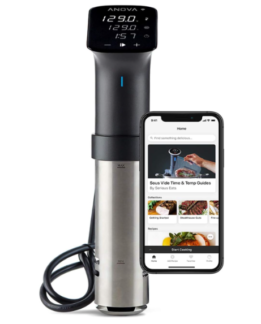
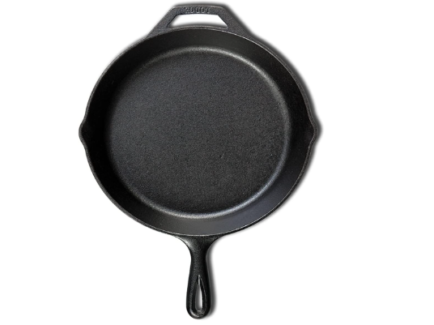
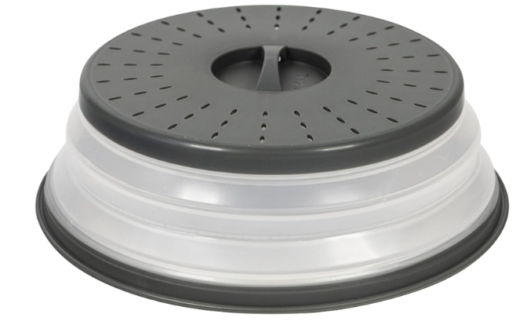
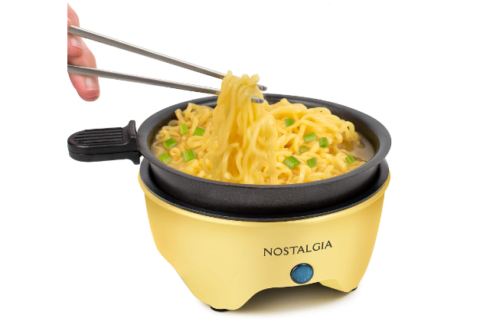
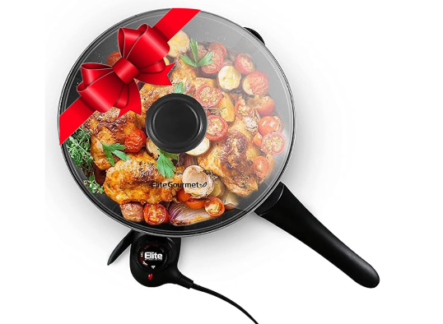
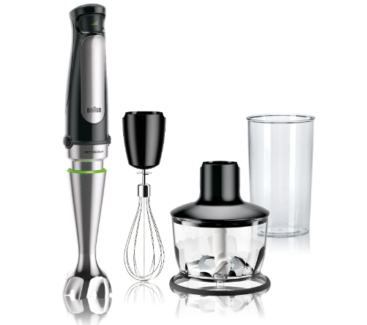
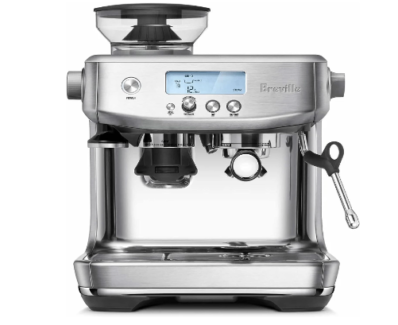
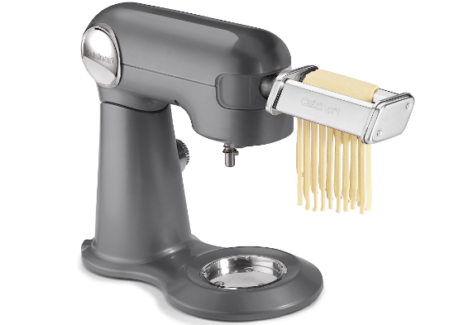
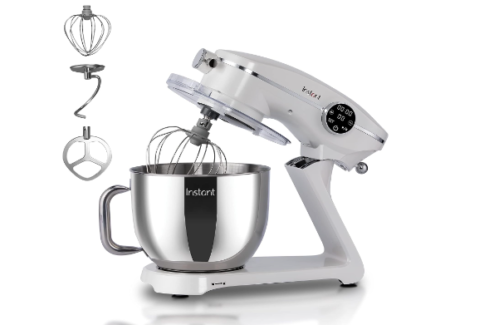

I found this article both informative and thought-provoking. The analysis was spot-on, and it left me wanting to learn more. Let’s discuss further. Check out my profile for more related discussions!